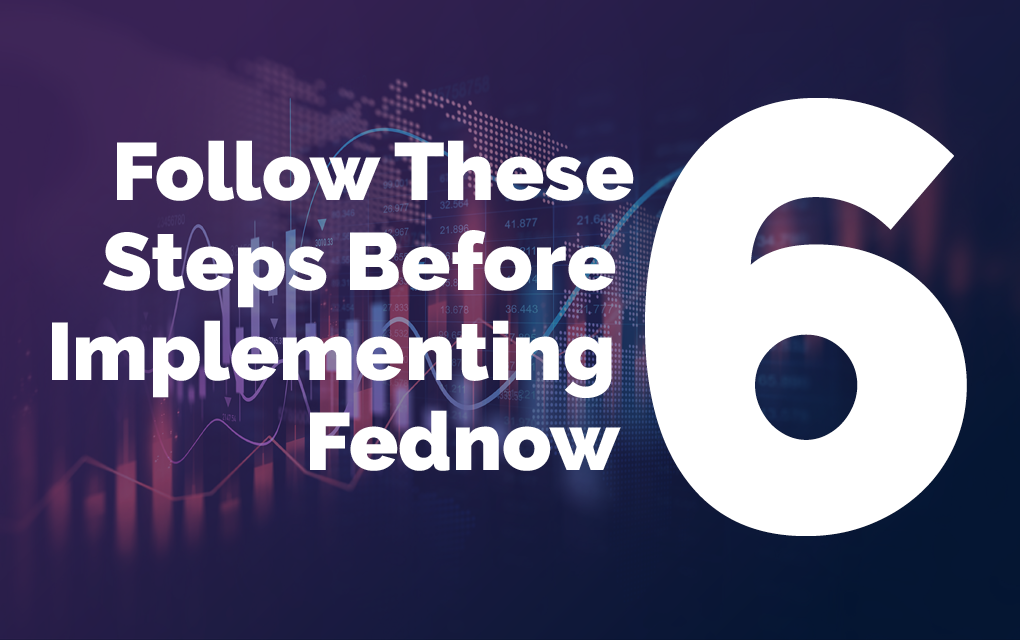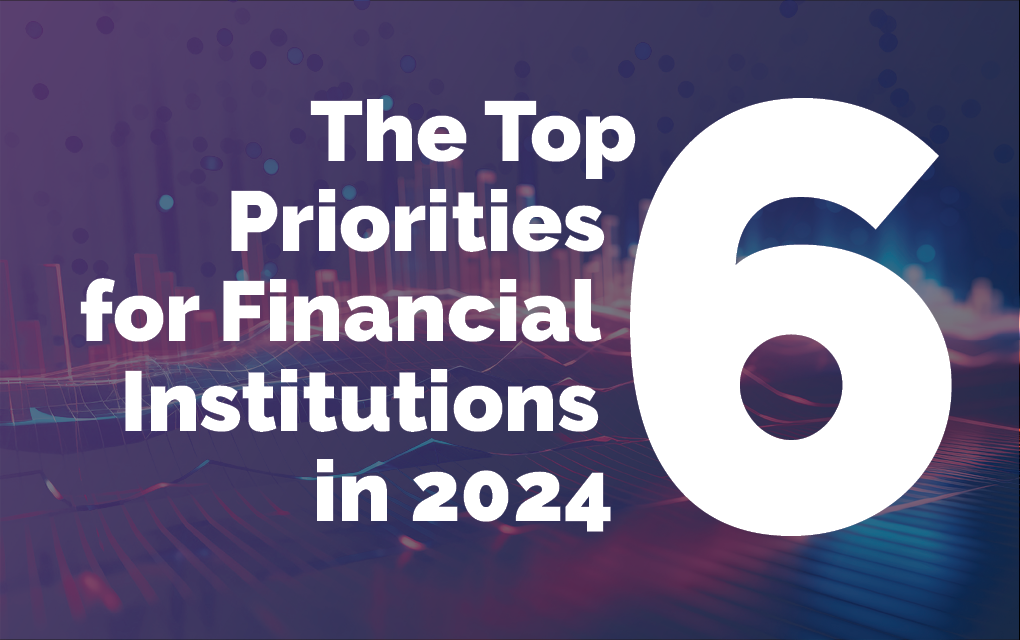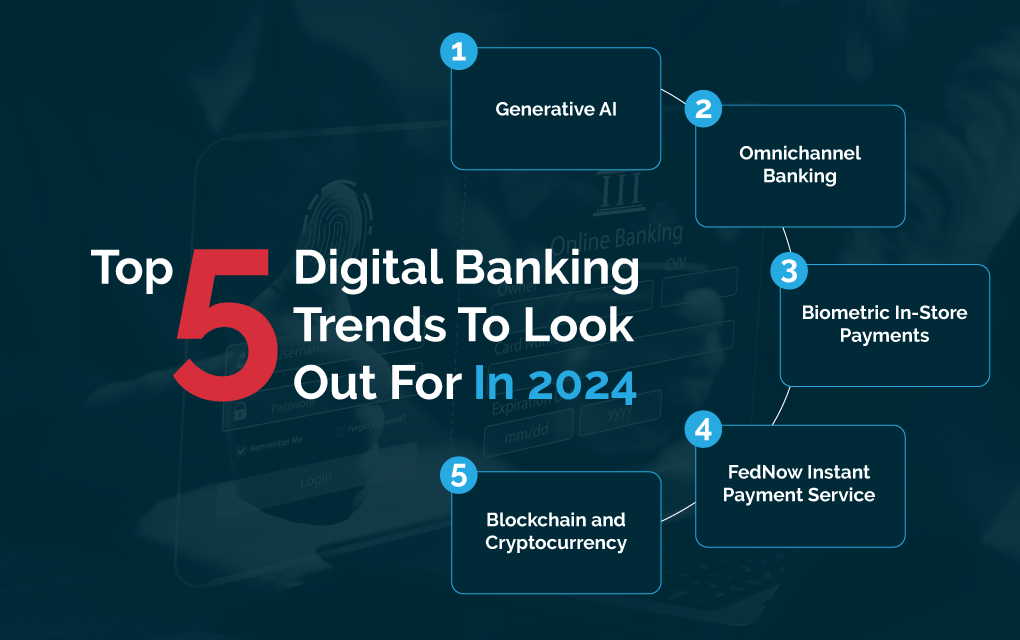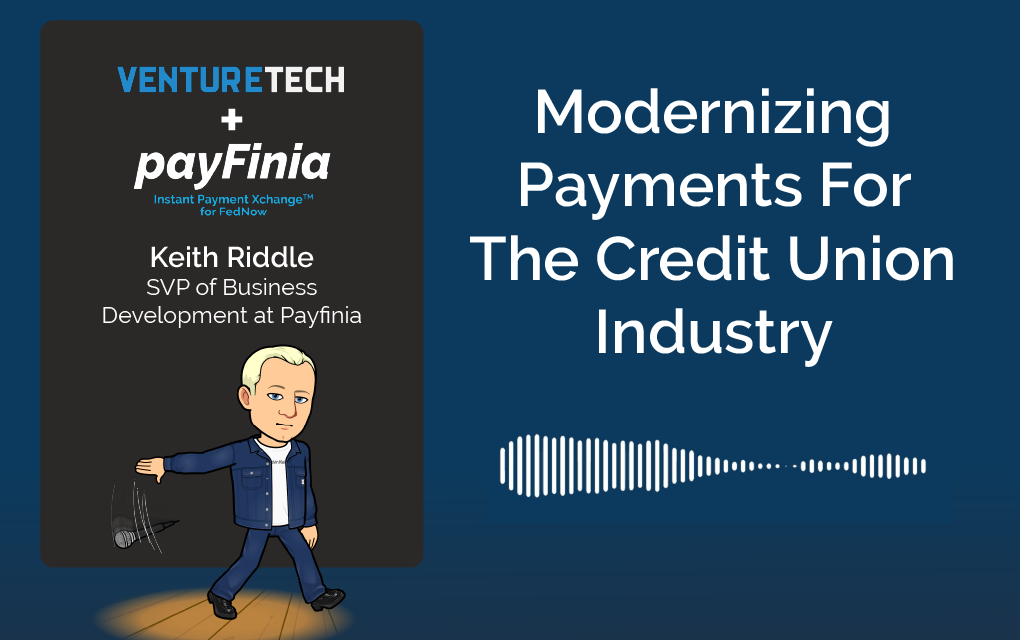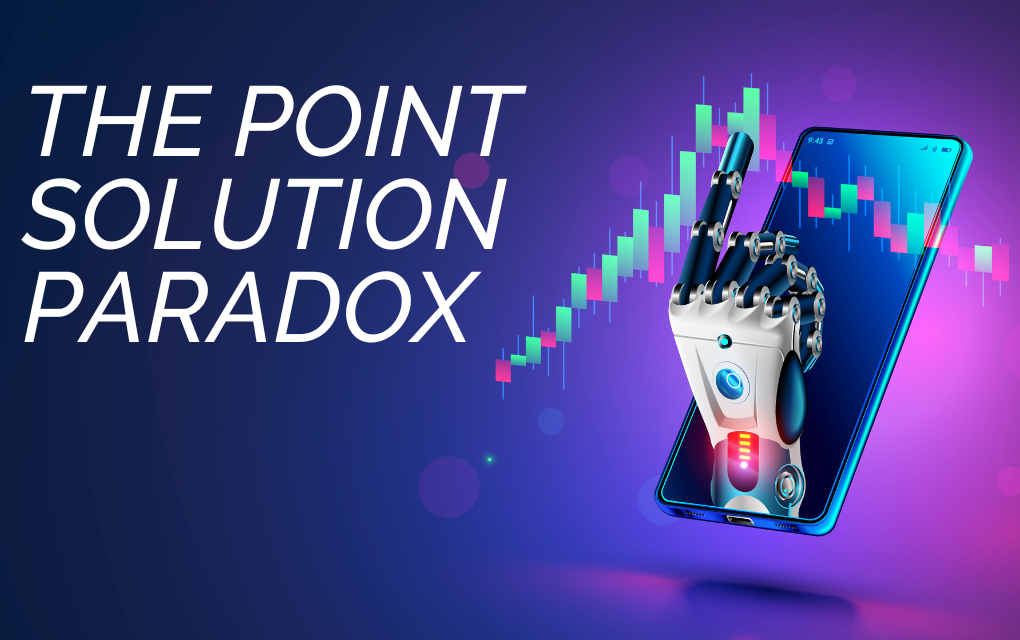5 Reminders for Understanding App Reviews
App reviews are clearly important. According to research from Apptentive, 50% of mobile users won’t consider an app with an average rating of 3 stars. That percentage explodes to 85% for a 2-star average rating. What’s more, about 80% of users read at least one review before downloading an app.
Even when your app has mostly positive reviews, a small number of negative reviews can still cast some doubt and make you question the value of your mobile app. That’s just human nature. The truth is, your mobile app is probably much more well-received than even your app reviews reflect. Here are a few things to keep in mind as you traverse the ups and downs of mobile app reviews.

Some people don’t like change. Period.
Nothing embodies this idea like this app review from a real accountholder at a newly deployed Tyfone institution: I don’t even have it yet and I think it’s bad. This comment was accompanied by a one-star rating. Some people feel that strongly about change, even when it’s a change for the better. The happy ending to this story is that this user eventually changed his rating to four stars and his comment to: I’m changing my review from one star to four stars. Resistance to change and frustration affected my first review.

The ratio of positive to negative reviews improves over time.
When you launch a new mobile app, you’ll get a lot of review activity from the change haters noted above. However, after this segment has had its say, negative reviews will invariably decline. Accountholders will become more comfortable with your app and like our friend above, some formerly disgruntled users may actually amend their reviews. If you’re initially shocked by a few negative reviews, give it some time to play out.
It’s also important to keep in mind that it only takes an instant to form a negative opinion. However, it may take a user weeks or months, using your app in several different ways, to fully appreciate how much the app has improved their life. That’s another reason negative reviews may seem clustered toward the launch of your app.

Dissatisfied user are more vocal.
According to the White House Office of Consumer Affairs, dissatisfied customers typically tell nine to 15 other people about their experience, with some telling 20 or more. When people are dissatisfied, they want the world to know. On the other hand, satisfied users are usually satisfied to go about their business without taking the time to write a review. Your ratio of positive to negative reviews probably doesn’t reflect the real ratio of satisfied to dissatisfied users.
It doesn’t help that, due to the pandemic, people are angrier than ever and thus more likely to “go Karen” in an app review. There’s even a term for it: COVID rage. You can Google it if you want, but we did it for you – and got 133 million results.

Some people use app reviews to vent.
It’s not unusual for someone to write a negative app review because they’re angry about something that has nothing to do with the app. They’re just looking for a way to blow off some steam. While these negative reviews may point to some other issue in the organization, it’s important to segregate those issues and not factor them in to your analysis of your app.
Take Starbucks for example. The coffee giant has some 10 million mobile users who account for about 5 million transactions each week. People love Starbucks and, with an average rating of 4.8 at this writing, love the Starbucks app. Yet the app has its share of 1-star reviews.
But let’s look at some of these 1-start reviews. One user complained because the restroom was dirty. Another complained because their store was out of a certain item. Yet another complained about the upcharge for vegan milk. To be clear, there are complaints about the app mixed in. The point is, don’t automatically assume that a 1-star rating reflects the app itself.

A lot of people don’t write reviews – ever.
For any number of reasons, some people just don’t participate in the review process. They’re not interested in what other people have to say and they have no desire to share their own opinions. However, for reasons already discussed above, it’s probably safe to assume that most of these silent users are happy with their experience. If they weren’t, they’d be much more likely to join the ranks of the vocal users. That means when you’re comparing the number of negative and positive reviews, you should also give some consideration to the number of users who have said nothing at all.
This is probably a big number, too. Consider the music app Spotify for example. Between Apple and Android, the Spotify app has about 45 million reviews. That may seem like a big number until you realize that over 200 million people downloaded the Spotify app in 2021 alone.
What does it all mean? Here are a few parting words of wisdom.
- Even though some reviews may seem to lack merit on their face, they’re all important to some extent because they give you insight into what your users are thinking.
- Your brand is the sum total of all that you want the market to know about you and all the market thinks it knows about you. That means today, reviews are an important brand consideration.
- Put stock in user reviews, but don’t over-react to the negative ones. To borrow an old saying, don’t make a mountain out of a molehill.
- Everyone has a bad day now and then, some more than others. Try to look at even the most ridiculous reviews with a measure of empathy.

